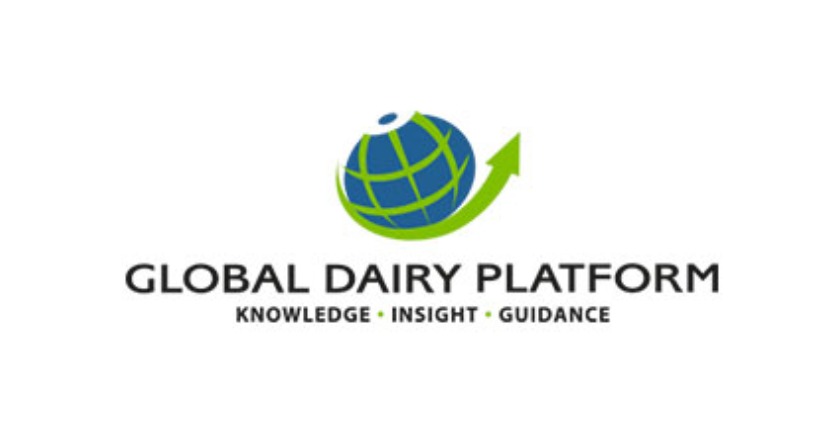The dairy sector has announced progress of its global Pathways to Dairy Net Zero (P2DNZ) climate initiative, which was launched last year. The ground-breaking effort is achieving positive results in many regions and accelerating action in others, according to speakers at a COP27 side event, ‘The Global Dairy Sector’s Climate Ambition and Progress Towards Achievement of the Paris Agreement.’
P2DNZ is backed by more than 140 leading organisations and governments, including the 10 largest dairy companies in the world. Collectively, supporters represent more than 40% of global dairy production throughout the supply chain, making it one of the largest initiatives of its kind in agriculture.
Said Hein Schumacher, chair of Global Dairy Platform and CEO, Royal FrieslandCampina: “Dairy is a major force for good in the world, especially when you consider how the sector helps provide important nutrition to the hungry and malnourished and helps build strong, resilient economies. By systematically introducing and enhancing climate action in global dairy systems, dairy is tackling the challenge and making progress in reducing our impact on the planet.”
Research commissioned as part of P2DNZ has identified six primary dairy production systems throughout the world, along with potential mitigation options and their estimated impact on emissions reduction. The research is led by the Global Research Alliance on Agricultural Greenhouse Gases (GRA) in close collaboration with the UN Food and Agriculture Organisation (FAO). They have defined the composition of GHGs emitted by the various dairy production systems around the world and learned there is variability by system. For instance, methane is a large proportion of GHGs in pastoral and agropastoral systems, driven largely by enteric fermentation. However, high-input, high-output production emits a different mix of GHGs from not only enteric fermentation but also manure management, animal feed and energy use.
The six dairy production systems include:
- High-input, high-output
- Medium-scale specialised
- Pasture-fed
- Smallholder specialised
- Smallholder dual-purpose
- Pastoral and agropastoral
Added Dr. Harry Clark, co-chair of the Livestock Research Group, GRA and co-director of the New Zealand Agricultural Greenhouse Gas Research Centre: “Because GRA brings together leading expertise in agricultural GHG emissions, we are pleased to be working on the Pathways to Dairy Net Zero initiative to map emissions and mitigation potential within the diverse range of global dairy production systems. While there are good options emerging for dairy systems in developed countries, our analysis reinforces the importance of developing and implementing appropriate options for regions and systems where the climate, soil and access to markets have limited options.”
Dairy companies around the world are reducing their impacts on the environment by improving farming and production practices and developing new technologies. FAO reports that during the period from 2005 – 2015, the global dairy sector’s emission intensity declined by 11%. Dairy farming has become more efficient which is resulting in declining emission intensities per unit of product all over the world. This is especially true in developed dairy markets where emission intensities have declined to between 1.3 to 1.4 kg CO₂ equivalent kg fat-and-protein corrected milk. For comparison, developing dairy regions’ emission intensities can range between 4.1 to 6.7 kg CO₂ equivalent per kg fat-and-protein corrected milk. For more visit pathwaystodairynetzero.org



